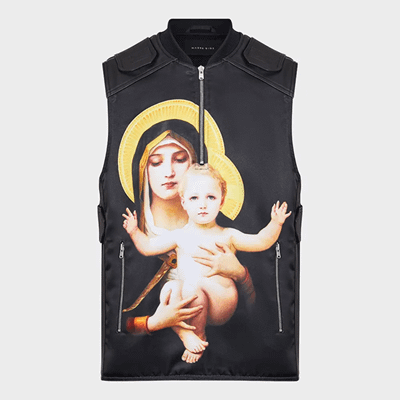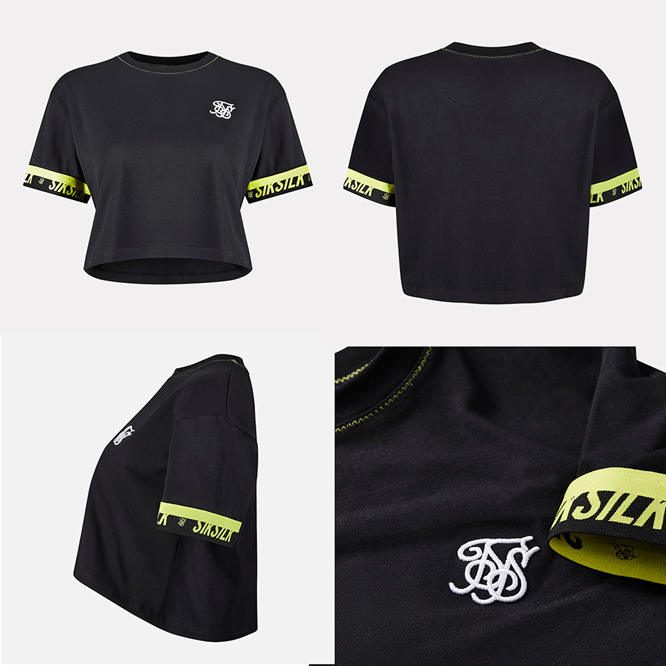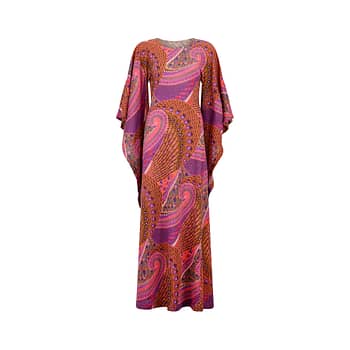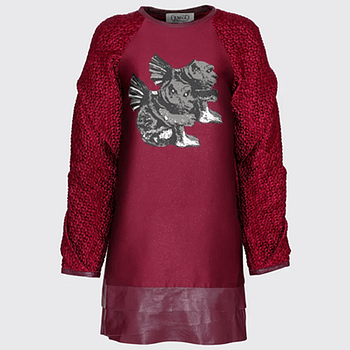Ghost Mannequin vs. Model Photography: Which is Right for Your Brand?
The way you present your products in today’s visually driven marketplace can significantly impact your brand’s online appeal. Whether you’re a startup looking to carve out a niche or an established retailer aiming to refresh your image, choosing the right photography style is crucial. Two of the most popular approaches are the invisible mannequin method and model photography. In this post, we’ll dive deep into both techniques, exploring their benefits, drawbacks, and ideal use cases to help you decide which is the best fit for your brand.
The Invisible Mannequin Method: A Closer Look
One popular method is ghost mannequin photography, where garments are displayed without the distraction of a visible mannequin, allowing customers to focus solely on the design details of the product. This technique involves photographing an item on a mannequin and then digitally removing the mannequin in post-production. The result is a clean, three-dimensional presentation that highlights the garment’s construction and fit without any visual interruptions.
This method is particularly effective for brands who want to emphasise the technical aspects and craftsmanship of their products. The consistent, distraction-free images it produces are ideal for e-commerce websites and catalogues, where clarity and uniformity can enhance the online shopping experience.
Model Photography: Bringing Your Brand to Life
In contrast to the sterile perfection of invisible displays, model photography injects personality, emotion, and relatability into your product imagery. By showcasing your clothing on real people, you allow customers to imagine how the garments might look in real-world settings. This approach is not just about displaying a product—it’s about telling a story.
Advantages of Model Photography:
- Emotional Connection: Real-life models help convey the lifestyle and mood your brand represents, making it easier for customers to connect on an emotional level.
- Fit and Movement: Seeing clothing worn by a person provides valuable context about fit, drape, and how the fabric moves, which can be pivotal in the customer’s decision-making process.
- Versatility in Storytelling: Model photography opens up creative avenues. Whether you’re shooting in urban settings, scenic outdoor locations, or styled studio environments, each image can reflect a unique aspect of your brand identity.
Considerations for Model Photography:
- Cost: Hiring models, securing locations, and managing logistics can significantly increase production costs.
- Time: Coordinating schedules and dealing with the unpredictability of live shoots might extend your timeline.
- Brand Consistency: While models can add warmth and diversity, ensuring a consistent look across a series of images may require careful planning and execution.
Weighing the Pros and Cons
When deciding between these two methods, it helps to break down the benefits and challenges of each:
Invisible Mannequin Method (Ghost Mannequin Technique):
Pros:
- Consistency: A controlled studio setup ensures that all products are displayed uniformly, which is particularly advantageous for online stores.
- Focus on Product Details: With the distraction of a mannequin removed, every stitch, seam, and design element of the garment is highlighted.
- Cost-Effectiveness: Typically requires fewer resources and less coordination than organising a model shoot.
Cons:
- Lack of Human Element: Without a model, it can be harder for some customers to visualise the fit and real-life appeal of the product.
- Limited Storytelling: This approach is more functional and less emotional, which may not suit brands looking to evoke a lifestyle or aspirational narrative.
Model Photography:
Pros:
- Emotional Appeal: Real models can help establish a connection with your audience, making your brand more relatable and engaging.
- Demonstration of Fit: Showcasing clothing on a model provides context for sizing, fit, and movement, which can boost consumer confidence.
- Versatile Aesthetics: Offers the opportunity to create dynamic, lifestyle-driven visuals that set your brand apart from competitors.
Cons:
- Higher Costs: The additional expenses associated with models, locations, and styling can strain your budget.
- Increased Complexity: Coordinating a shoot with live subjects adds layers of planning and potential delays.
- Potential Inconsistency: Achieving a uniform look across multiple shoots can be challenging when dealing with variables like lighting, model poses, and diverse locations.
Which Approach Is Right for Your Brand?

Ultimately, the decision between the invisible mannequin method and model photography hinges on your brand’s identity, target audience, and marketing goals. Consider the following questions as you weigh your options:
What is your brand’s core message?
If your focus is on the precision, quality, and design details of your products, a clean, distraction-free approach might be best. However, if you want to convey a lifestyle, evoke emotion, or inspire your customers, incorporating models can be a powerful tool.
Who is your target audience?
Different demographics respond to different visual cues. Younger audiences or those seeking inspiration might be more engaged by dynamic, human-centric imagery, whereas detail-orientated shoppers might prefer the clarity of product-focused images.
What are your budget and timeline constraints?
For brands operating with tight budgets or needing quick turnaround times, the invisible mannequin method can offer a more streamlined solution. In contrast, if you have the resources to invest in a comprehensive shoot, model photography could provide a richer narrative.
How will your images be used?
Think about where your imagery will live. Social media, lifestyle blogs, and advertising campaigns might benefit from the dynamic energy of model photography, while e-commerce sites and product catalogues may require the consistency and clarity that the invisible method provides.
Final Thoughts
Selecting between these two photography styles need not be a binary choice. Many successful brands blend both techniques to create a comprehensive visual strategy, using clean, detail-focused images for product listings and model-driven lifestyle shots for marketing campaigns and social media storytelling.
Ensuring that your imagery aligns with your brand’s story and resonates with your target audience is ultimately the most important factor. Whether you opt for the technical precision of the invisible mannequin method or the evocative storytelling of model photography, the goal remains the same: to capture the essence of your brand and present your products in the best possible light.




